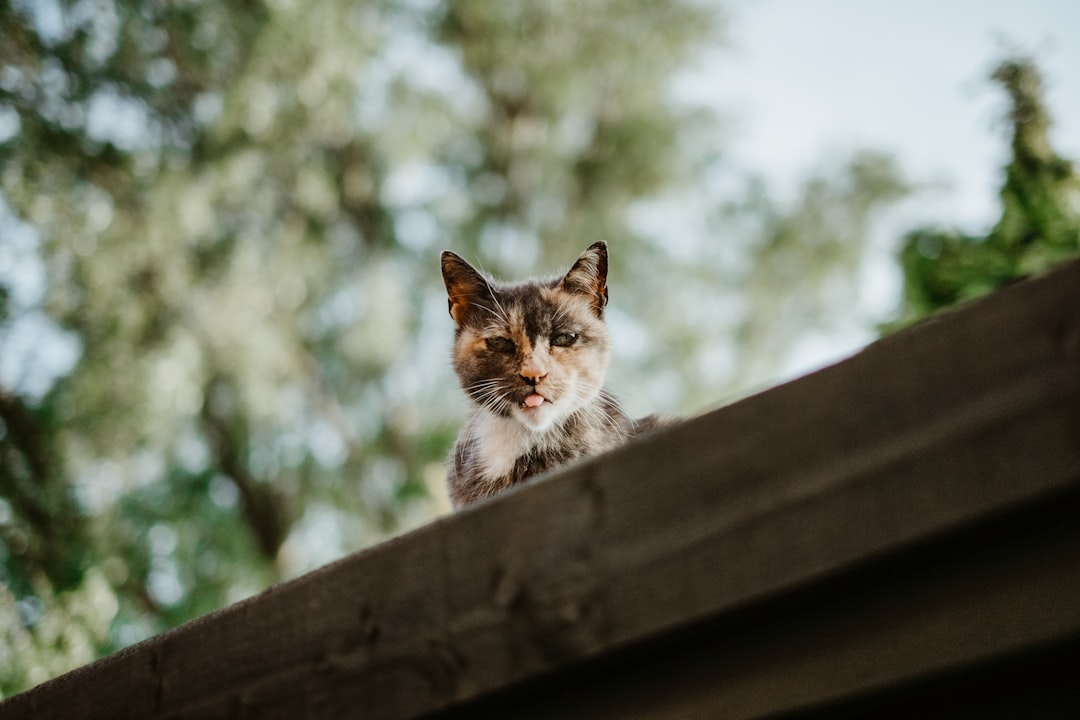What is it about?
The pompom weed has extensively invaded valuable land in South Africa. It has wide natural distribution in Central and South America. Here we have used DNA markers to elucidate where the weed was possibly introduced from. We were also able to show the possible point of entry into South Africa and how the weed is spreading around the country. In addition, our results showed that the weed is reproducing mainly by asexual means and we estimated the number of clonal genotypes in South Africa.
Featured Image
Why is it important?
The pompom weed has characteristics that make it very difficult to control mechanically or by herbicides. Hence biological control has been initiated in South Africa. Our results showed that the South African weed invasion is very closely related to Argentine populations and hence biological control agents imported from Argentina are likely to be effective on South African populations. Further, we found that the genetic diversity within the South African populations is low and mutation rate is also low. Hence, coupled with asexual reproduction that will help maintain low genetic diversity, agents from south Africa may be effective on all populations in South Africa without the need to select new agents.
Perspectives
This publication gives an example of how DNA markers can generate very valuable information about the origin and spread of alien invasive species which is a major problem worldwide. The accurate matching of genotypes between the native and invaded ranges can help to accurately collect effective biological control agents. In my opinion, this should be the first step in designing an effective biological control strategy.
Dr Lucy Njoki Gitonga
Durban University of Technology
Read the Original
This page is a summary of: Genetic variation of the invasiveCampuloclinium macrocephalum, Asteraceae in South Africa, inferred from molecular markers, Weed Research, October 2014, Wiley,
DOI: 10.1111/wre.12122.
You can read the full text:
Contributors
The following have contributed to this page










